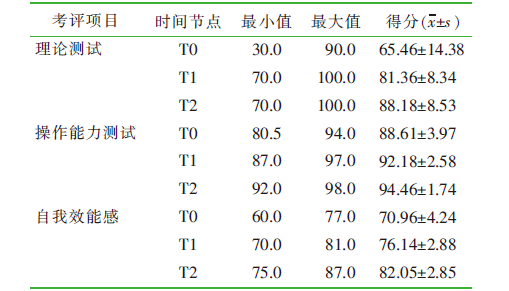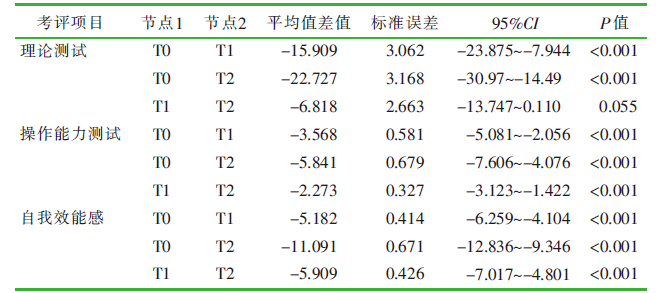| [1] |
Tong BC, Gustafson MR, Balderson SS, et al. Validation of a thoracoscopic lobectomy simulator[J]. Eur J Cardiothorac Surg, 2012, 42(2):364-369;discussion369.
doi: 10.1093/ejcts/ezs012
pmid: 22315356
|
| [2] |
Fann JI, Feins RH, Hicks GL, et al. Evaluation of simulation training in cardiothoracic surgery:the Senior Tour perspective[J]. J Thorac Cardiovasc Surg, 2012, 143(2):264-272.e9.
|
| [3] |
Parzianello Egúsquiza MG, Otsuki DA, Costa Auler Junior JO. Ex vivo porcine experimental model for studying and teaching lung mechanics[J]. J Vis Exp, 2024(206):e64850.
|
| [4] |
陈苍鹏. 基于学生认知序的生物学实验教学设计:以浙教版初中科学教材“人体的呼吸”为例[J]. 生物学教学, 2023, 48(7):65-67.
|
|
Chen CP. Teaching design of biology experiment based on students’ cognitive order:taking the junior middle school science textbook “human breathing” by Zhejiang education press as an example[J]. Biol Teach, 2023, 48(7):65-67.
|
| [5] |
孙兵, 唐晓, 李海超, 等. 仿真模拟肺系统在呼吸治疗师规范化培训教学中的应用[J]. 中国病案, 2017, 18(9):92-93.
|
|
Sun B, Tang X, Li HC, et al. Application of analogue simu-lation lung system in the standardized teaching of respiratory therapists[J]. Chin Med Rec, 2017, 18(9):92-93.
|
| [6] |
刘学松, 刘晓青, 刘冬冬, 等. 仿生模拟肺情景教学在进修医师培训中的应用[J]. 中国保健营养, 2020, 30(36):28-29.
|
| [7] |
梁艳, 赵杰刚, 杨惠敏. 基于建构主义学习理论的全麻护理教育模式构建及效果评价[J]. 中华现代护理杂志, 2023, 29(3):286-292.
|
|
Liang Y, Zhao JG, Yang HM. Construction and effect of general anesthesia nursing education model based on constructivism learning theory[J]. Chin J Mod Nurs, 2023, 29(3):286-292.
|
| [8] |
Caruso R, Pittella F, Zaghini F, et al. Development and valida-tion of the nursing profession self-efficacy scale[J]. Int Nurs Rev, 2016, 63(3):455-464.
doi: 10.1111/inr.12291
pmid: 27291103
|
| [9] |
张亚静, 李玉峰, 崔楚云, 等. 中文版护士专业自我效能感量表的信效度检验[J]. 中国实用护理杂志, 2017, 33(22):1728-1731.
|
|
Zhang YJ, Li YF, Cui CY, et al. The reliability and validity of Chinese version of nursing profession self-efficacy scale[J]. Chin J Pract Nurs, 2017, 33(22):1728-1731.
|
| [10] |
张山, 吴瑛. 认知负荷理论在医学教育领域中的应用进展[J]. 中华护理教育, 2023, 20(2):240-244.
|
|
Zhang S, Wu Y. Application of cognitive load theory in teach-ing design of medical curriculum[J]. Chin J Nurs Educ, 2023, 20(2):240-244.
|
| [11] |
Thangam T, Parthasarathy K, Supraja K, et al. Lung organoids:systematic review of recent advancements and its future perspectives[J]. Tissue Eng Regen Med, 2024, 21(5):653-671.
doi: 10.1007/s13770-024-00628-2
pmid: 38466362
|
| [12] |
危艳萍, 李红. 动物实验在护理专科和护理教学中的应用[J]. 护理研究, 2014, 28(1):1-3.
|
|
Wei YP, Li H. Application of animal experiment in nursing specialty and nursing teaching[J]. Chin Nurs Res, 2014, 28(1):1-3.
|



